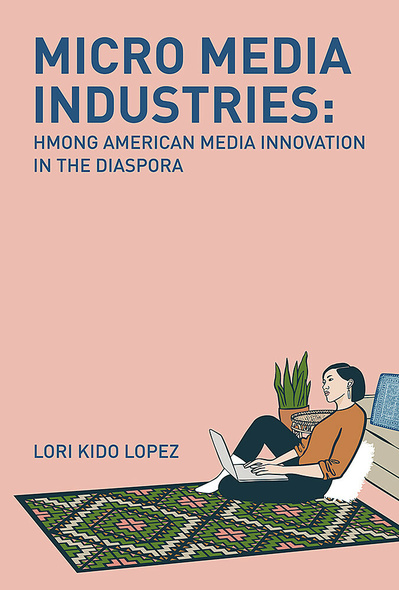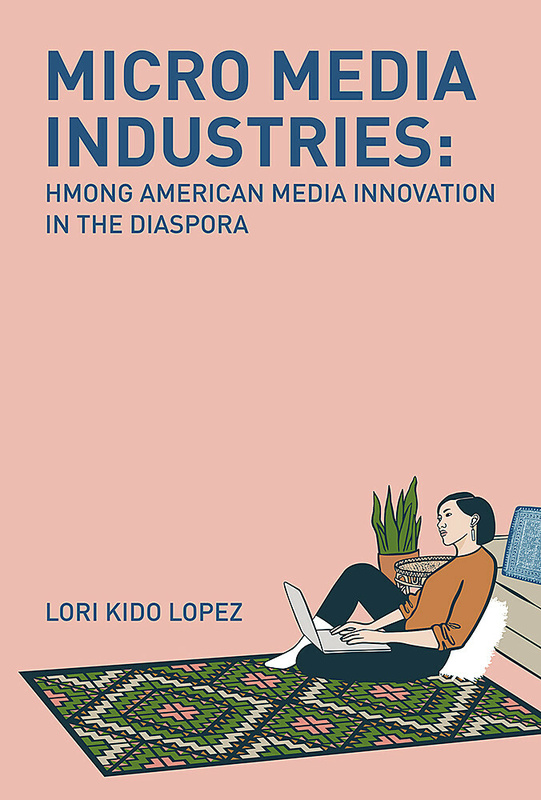
184 pages, 6 x 9
1 b-w illustration
Paperback
Release Date:13 Aug 2021
ISBN:9781978823341
Hardcover
Release Date:13 Aug 2021
ISBN:9781978823358
Micro Media Industries
Hmong American Media Innovation in the Diaspora
Rutgers University Press
With the rise of digital tools used for media entrepreneurship, media outlets staffed by only one or two individuals and targeted to niche and super-niche audiences are developing across a wide range of platforms. Minority communities such as immigrants and refugees have long been pioneers in this space, operating ethnic media outlets with limited staff and funding to produce content that is relevant and accessible to their specific community. Micro Media Industries explores the specific case of Hmong American media, showing how an extremely small population can maintain a robust and thriving media ecology in spite of resource limitations and an inability to scale up. Based on six years of fieldwork in Hmong American communities in Wisconsin, Minnesota, and California, it analyzes the unique opportunities and challenges facing Hmong newspapers, radio, television, podcasts, YouTube, social media, and other emerging platforms. It argues that micro media industries, rather than being dismissed or trivialized, ought to be held up as models of media innovation that can counter the increasing power of mainstream media.
Micro Media Industries accomplishes the difficult task of describing the media worlds of Hmong Americans with depth and complexity while also analyzing the broader phenomenon of micro media production to give us a new way of understanding the importance of self-representation and the structuring role of media in creating social ties.
A brilliant and moving account of what the vibrant Hmong American mediascape tells us about promises and perils of minority media production and circulation in an era of platform capitalism.
Micro Media Industries accomplishes the difficult task of describing the media worlds of Hmong Americans with depth and complexity while also analyzing the broader phenomenon of micro media production to give us a new way of understanding the importance of self-representation and the structuring role of media in creating social ties.
A brilliant and moving account of what the vibrant Hmong American mediascape tells us about promises and perils of minority media production and circulation in an era of platform capitalism.
LORI KIDO LOPEZ is an associate professor of media and cultural studies in the Communication Arts Department at the University of Wisconsin-Madison. She is the author of Asian American Media Activism: Fighting for Cultural Citizenship, the editor of Race and Media: Critical Approaches, and the coeditor of The Routledge Companion to Asian American Media.
1 Introduction: The Significance of Micro Media Industries
2 Without a Newsroom: Journalism and the Micro Media Empire
3 TV without Television: YouTube and Digital Video
4 Global Participatory Networks: Teleconference Radio Programs
5 Queer Sounds: Podcasting and Audio Archives
6 Alternative Aspirational Labor: Influencers and Social Media Producers
7 Conclusion: Beyond Hmong American Media
Acknowledgments
Notes
References
Index
2 Without a Newsroom: Journalism and the Micro Media Empire
3 TV without Television: YouTube and Digital Video
4 Global Participatory Networks: Teleconference Radio Programs
5 Queer Sounds: Podcasting and Audio Archives
6 Alternative Aspirational Labor: Influencers and Social Media Producers
7 Conclusion: Beyond Hmong American Media
Acknowledgments
Notes
References
Index





